- column
Eggs
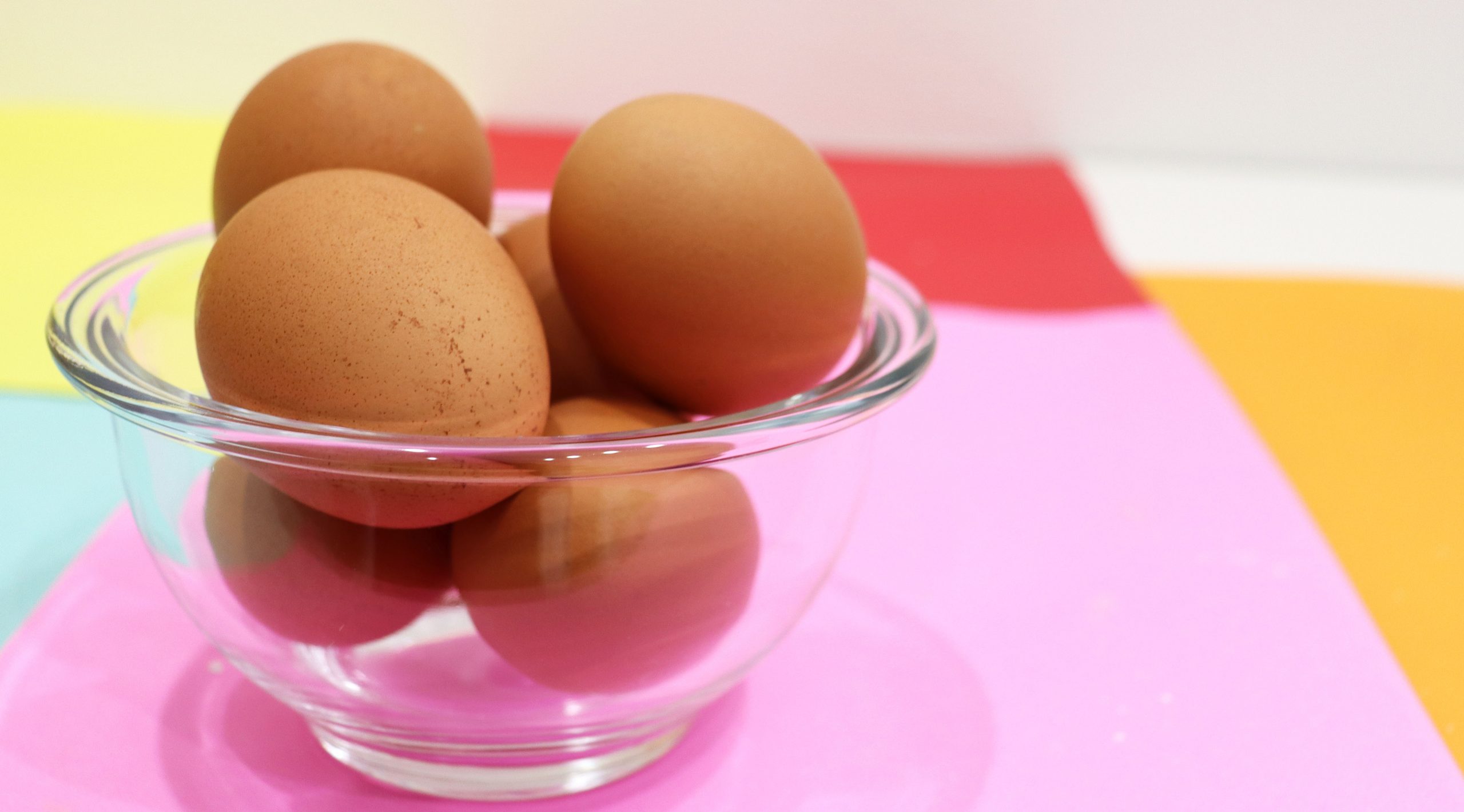
Eggs
Eggs are the key to making confectionery. The way you whip them can change the outcome of confectionery.
In a previous column, we touched upon the All-in-one Method and Egg Separation Method. This time, let’s delve into eggs themselves.
Eggs possess different properties depending on whether it’s the egg white or yolk. In addition, the state of each individual egg varies depending on its freshness and temperature, so care must be taken to ensure consistent confectionery production.
So, what properties do eggs have? What are the differences between egg whites and yolks?
Let’s start with the basics of eggs and look at the characteristics of egg whites and yolks respectively.
Egg Weight
First, how much does one egg weigh?
Many recipes specify the number of eggs required, but it’s important to note that the weight varies depending on the size of the egg.
The weight of one egg without the shell (net weight) is approximately:
M (medium) size:50g (20g yolk, 30g white)
L (large) size:60g (20g yolk, 40g white)
Our recipes list the weight of eggs without shells, using large-sized eggs. This means that a recipe for 500 g of whole eggs is equivalent to 8.3 L-size eggs.
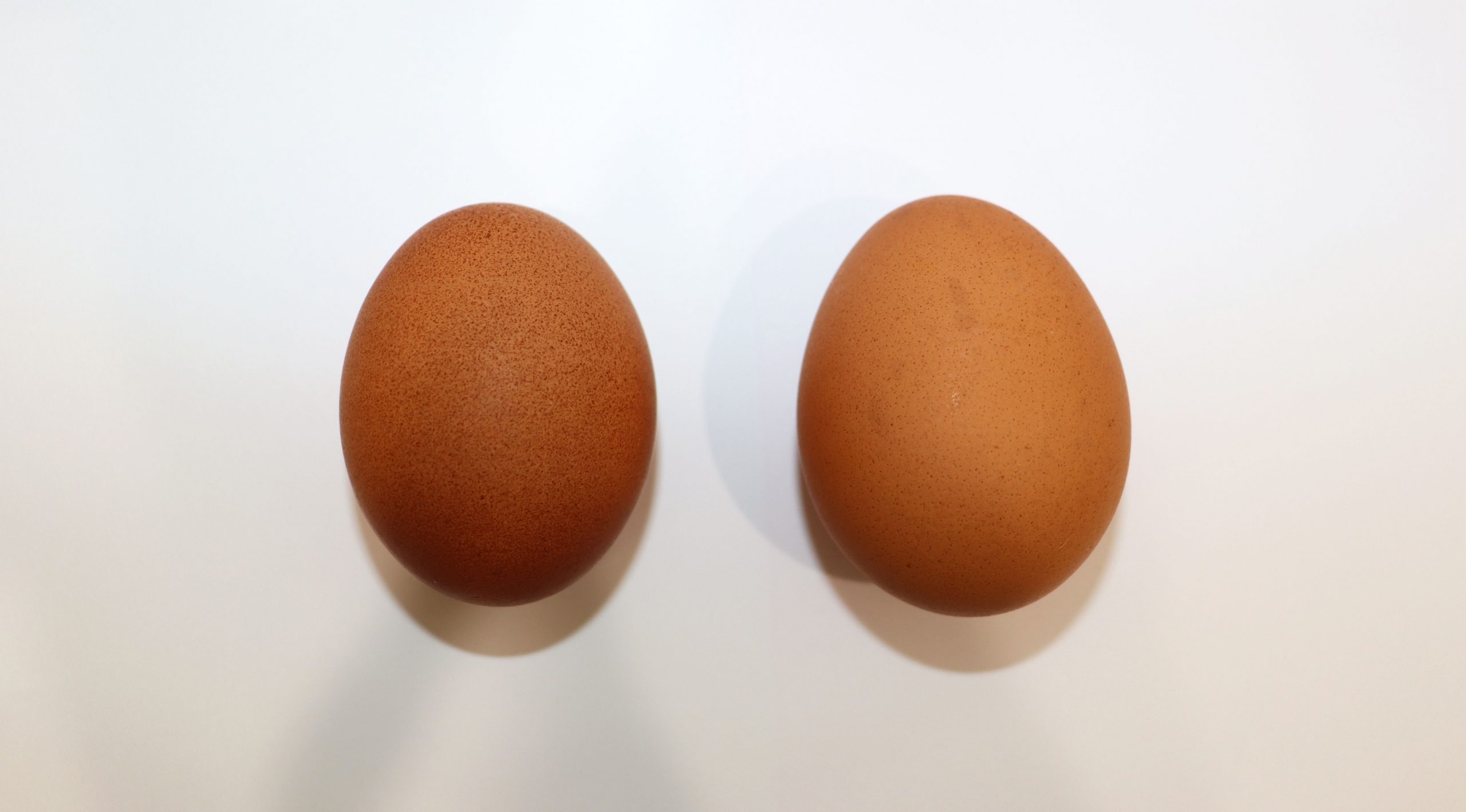
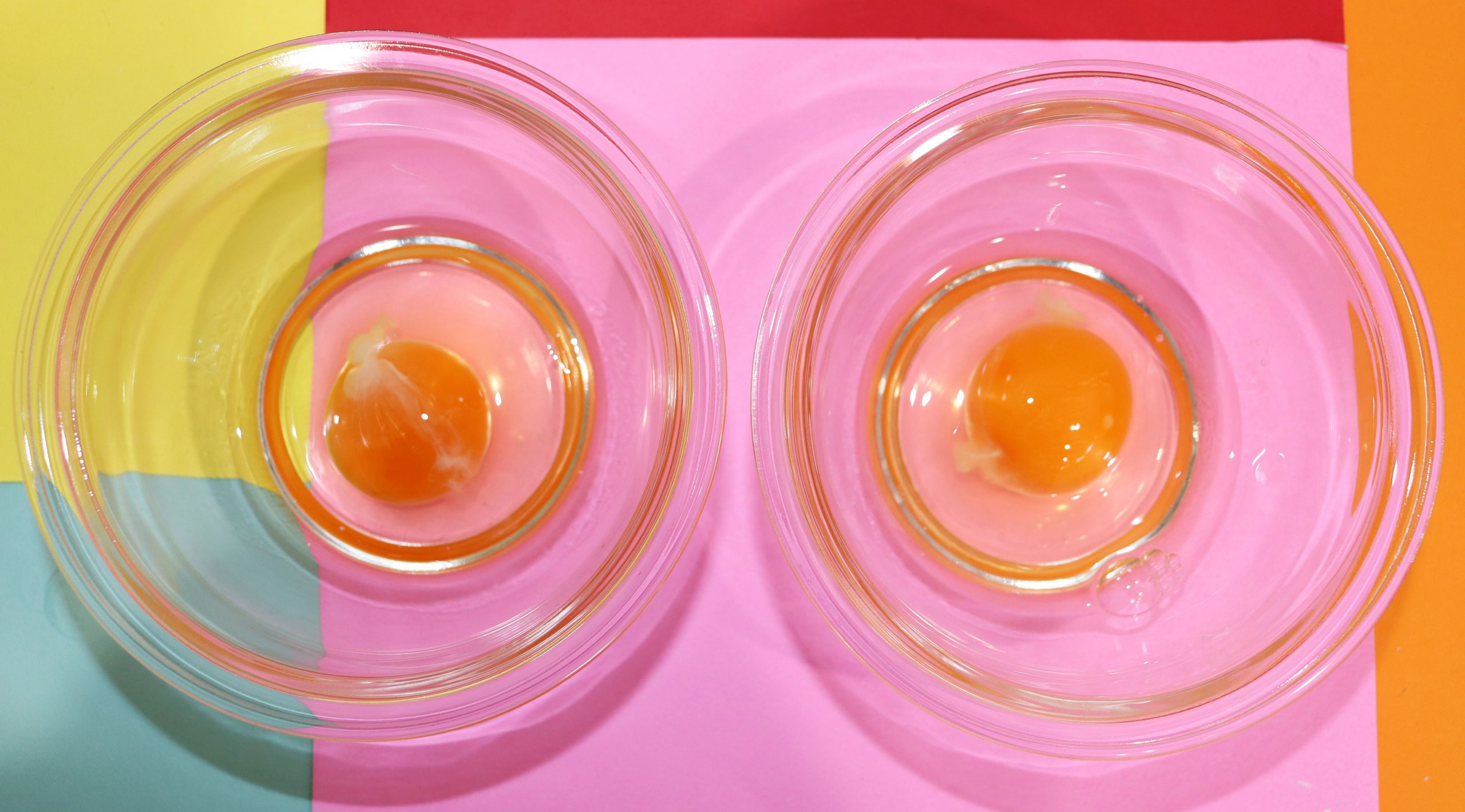
Main Components of Egg Whites and Yolks
Eggs are composed of egg whites and yolks, but what exactly do these parts contain?
The ratio of egg white to egg yolk in one egg is 2:1.
Egg whites are composed of approximately 90% water, 10% protein, and a small amount of fat, carbohydrates, and ash. Egg yolks are composed of approximately 50% water, 30% fat, less than 20% protein, and a small amount of carbohydrates and ash.
Properties and Role of Egg Whites
Egg whites have the property of “foaming,” which allows them to create bubbles. Through the action of proteins present in egg whites, air can be trapped when whipped. These bubbles then work to rise confectionery.
Egg Freshness
The freshness of eggs is crucial for creating stable air bubbles.
How can we determine the freshness of eggs?
Egg freshness can be determined by looking at the shape of the yolk when the egg is cracked open.
Fresh eggs have a strong surface tension on the yolk, resulting in a tall, rounded shape. Although it takes slightly longer to whip, such eggs produce fine and stable batter.
In contrast, eggs that are less fresh have weaker surface tension and less height. This type of egg whisks quickly, but the large air bubbles result in a batter that is coarse-textured and unstable.
Points to Note When Making Meringue
The quality of air bubbles produced depends on factors such as the thickness of the whipper line of the mixer, the speed of rotation, the freshness and temperature of the eggs, and additives. Overwhipping at high speed can result in coarse and unstable bubbles.
The key to making perfect meringue is to whip at a medium speed over a longer period.
Please use a bowl and mixer that are clean and free of water and oil. If water or oil gets mixed in, it will cause the egg whites to not foam. Also, be careful not to let any egg yolk slip into the whites, as this can hinder foaming.
Using chilled egg whites can result in a stiffer meringue.
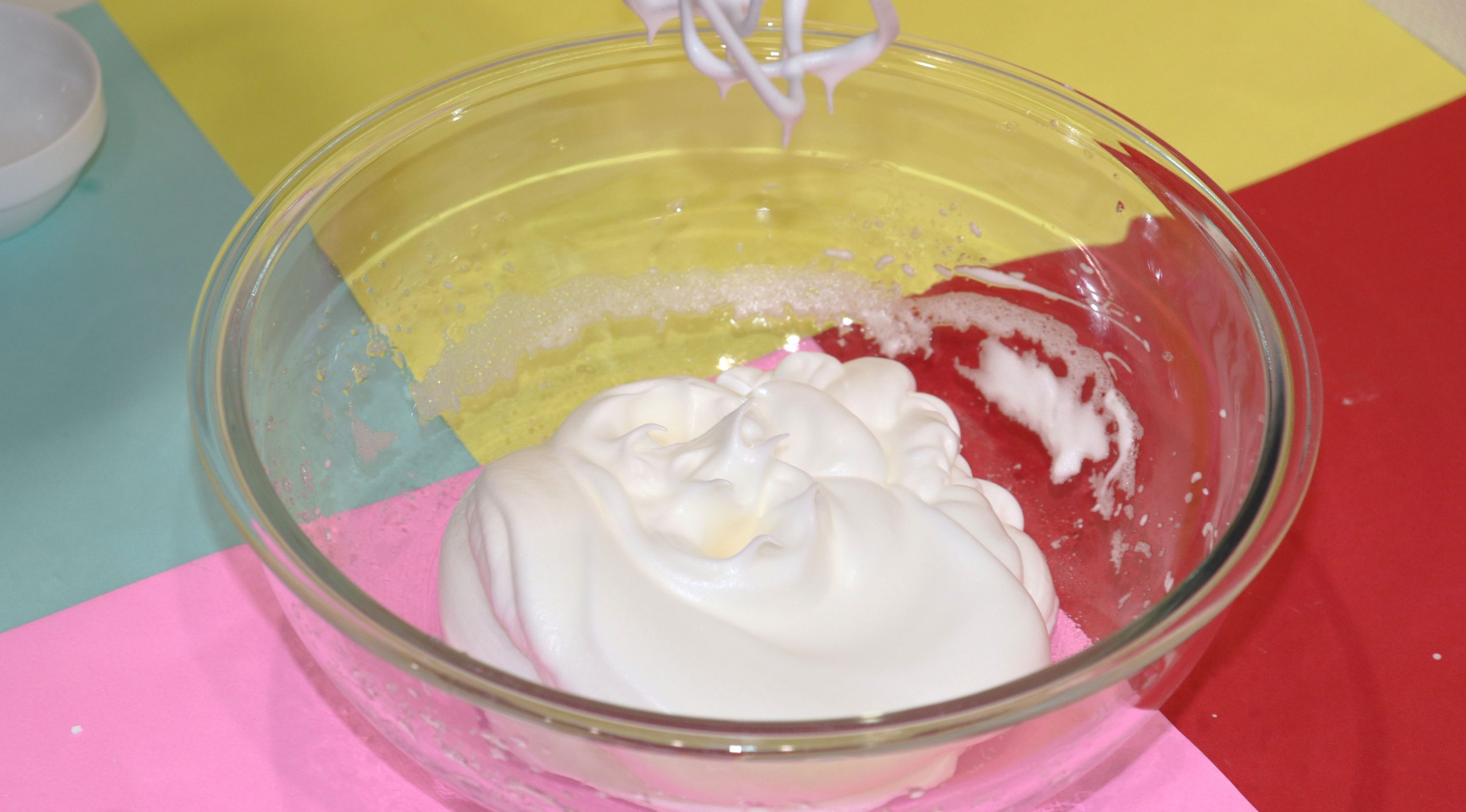
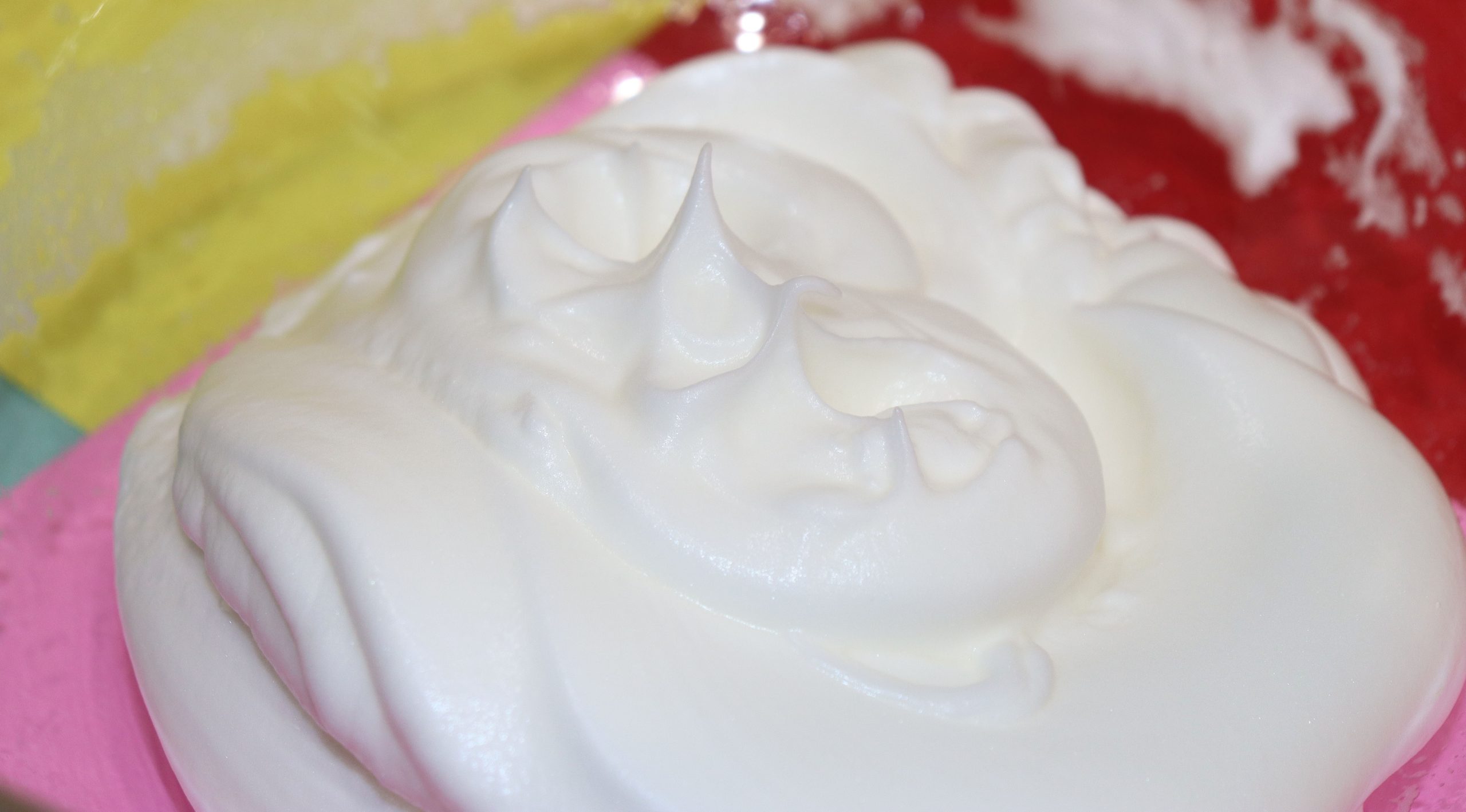
Egg whites also have the function of hardening when heated to form the structure of the batter. For example, in the case of sponge cake, the gluten contained in flour forms the structure, but in the case of soufflé, which contains less flour, the heat coagulation of egg whites is the main factor in the structure formation.
Properties and Role of Egg Yolk
Egg yolks have the emulsifying property, which binds water and oil together. This is due to the presence of lecithin, emulsifying lipids. The emulsifying action of lecithin and other lipids in egg yolks results in a softer texture in the batter.
Egg yolks contain fats, which have an antifoaming effect (breaking up air bubbles).
However, because the yolk fat is covered with lecithin, the emulsifying action of the lecithin protects the egg white film from the defoaming action of the fat, allowing the all-in-one method.
Incidentally, the emulsifying action of lecithin works better when eggs are warmed in a hot water bath when whisking by the all-in-one method.
This emulsification action is useful in making sweets, including those using butter.
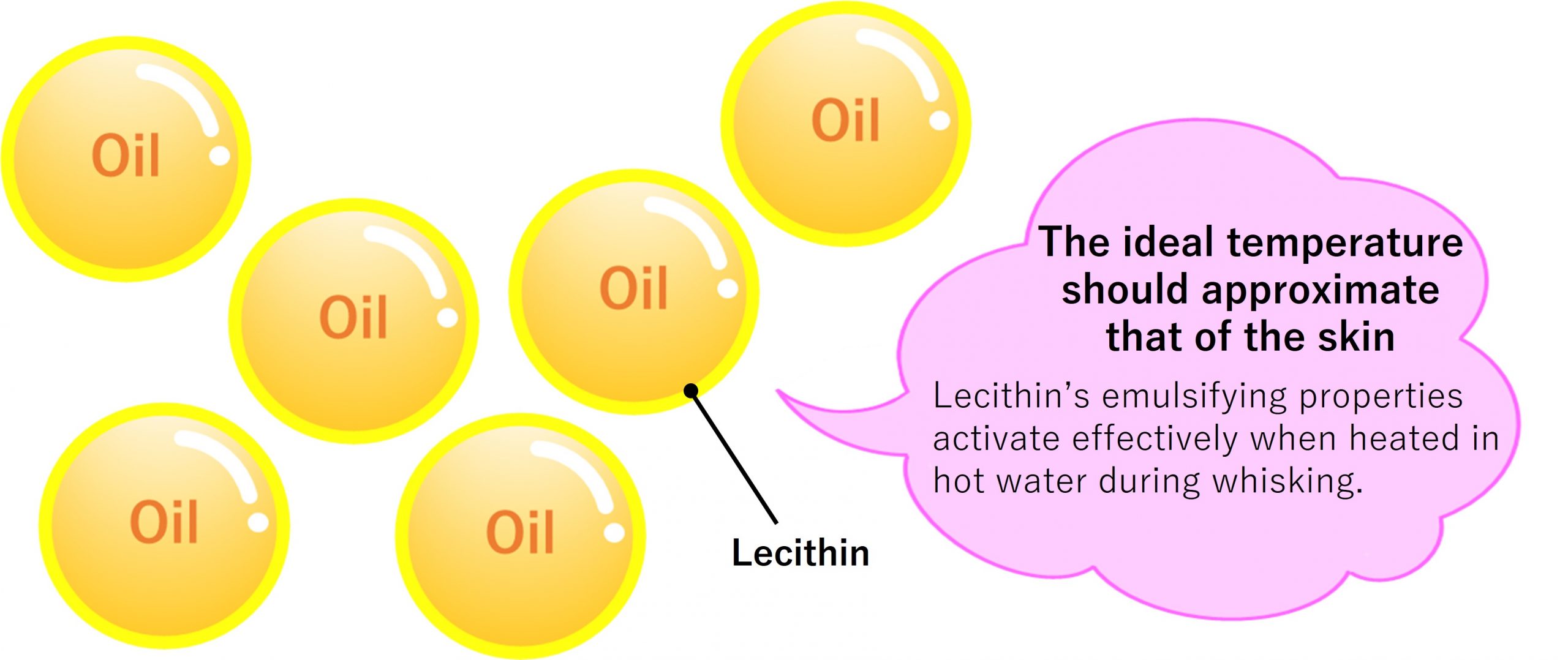
In this article, we introduced what are all about eggs. Eggs are not only used in making sweets but also in everyday cooking. Despite being a common ingredient, there are many aspects about eggs that are surprisingly unknown.
When making sweets, it is better to use fresh eggs rather than ones nearing the expiration date.
We hope you will make use of the egg knowledge you have learned here☺
